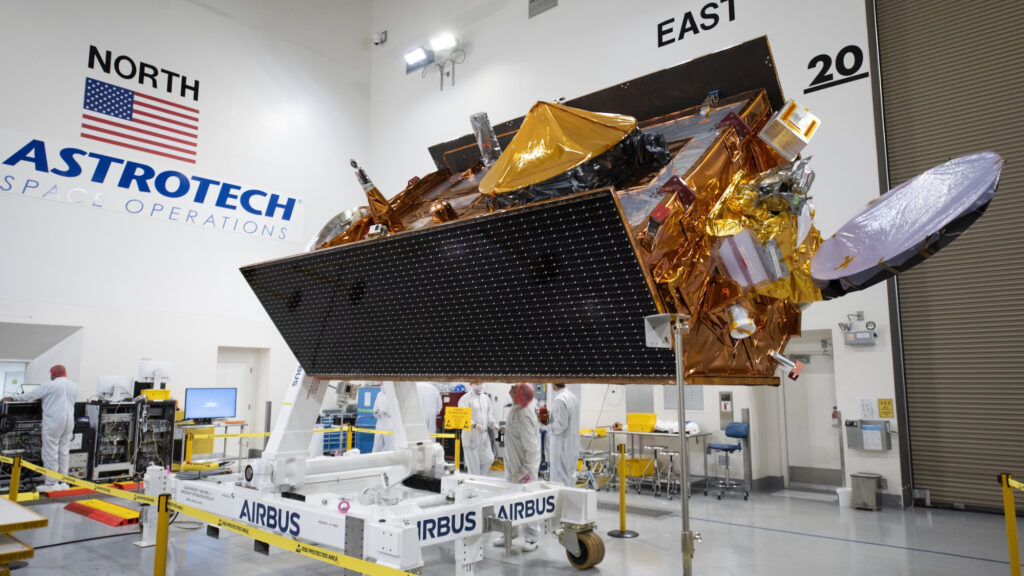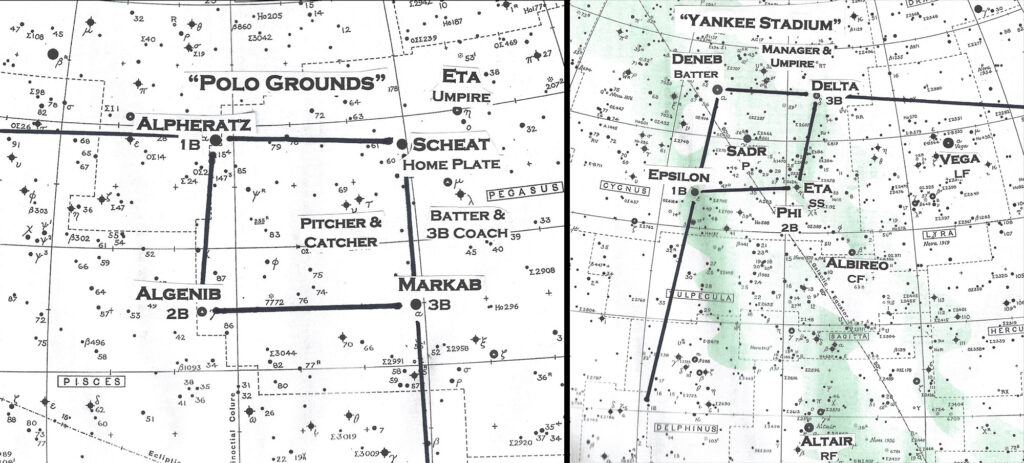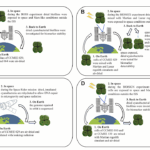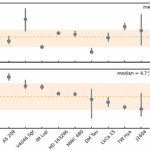Now Reading: New Horizons’ new map of the galaxy | Space photo of the day for April 30, 2025
-
01
New Horizons’ new map of the galaxy | Space photo of the day for April 30, 2025
New Horizons’ new map of the galaxy | Space photo of the day for April 30, 2025

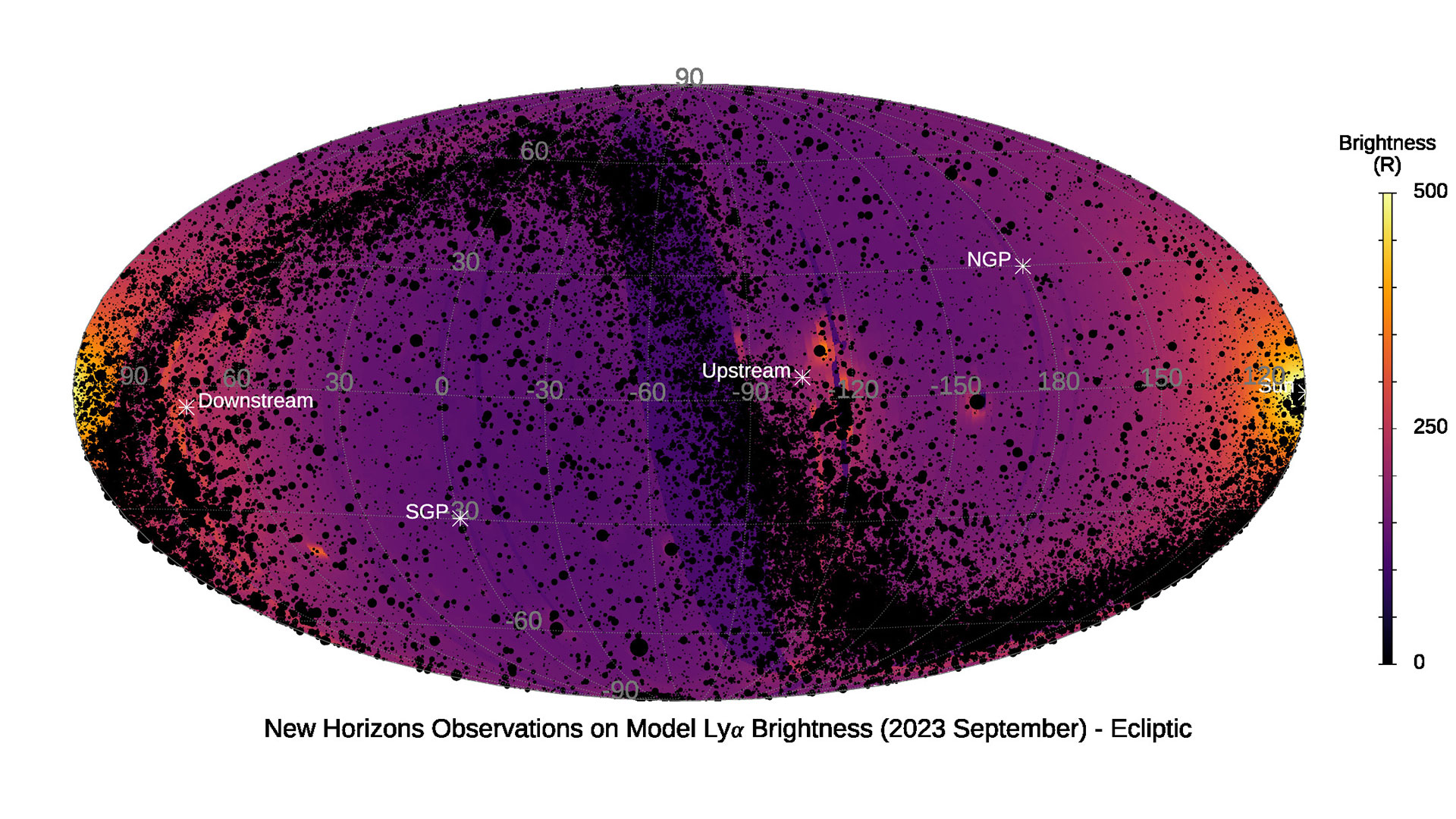
A new study from the NASA New Horizons mission team at the Southwest Research Institute have resulted in a first-of-its-type map from the Milky Way galaxy in an ultraviolet wavelength, revealing details in the region around our solar system.
What is it?
This spectrograph map, generated from data collected by NASA’s New Horizons probe, depicts the relatively uniform brightness of the ultraviolet (UV) “Lyman-alpha” background surrounding the sun and its area of influence.
“Understanding the Lyman-alpha background helps shed light on nearby galactic structures and processes,” said Dr. Randy Gladstone with the Southwest Research Institute (SwRI) in Colorado. “This research suggests that hot interstellar gas bubbles like the one our solar system is embedded within may actually be regions of enhanced hydrogen gas emissions at a wavelength called Lyman alpha.”
Lyman-alpha is a specific wavelength of UV light emitted and scattered by hydrogen atoms. It is useful when studying distant stars, galaxies and the interstellar medium, as it can help detect the composition, temperature and movement of these distant objects.
On this spectrograph map, the black dots represent approximately 90,000 known UV-bright stars in our galaxy.
Where is it?
New Horizons, which began as the first mission to flyby Pluto, collected baseline data about Lyman-alpha emissions during its initial journey to the small, icy world.
After the spacecraft’s primary objectives at Pluto were completed, New Horizons’ ultraviolet spectrograph (named “Alice”) was used to make more frequent surveys of Lyman-alpha emissions as New Horizons traveled farther from the sun. These observations included an extensive set of scans in 2023 that mapped roughly 83% of the sky.
Why is it amazing?
Before this map was released, scientists theorized that a wall of interstellar hydrogen atoms would accumulate as they reached the edge of our heliosphere — the region of our galaxy where the solar wind from our sun reaches and interacts with the interstellar medium. New Horizons data saw nothing to indicate that this “wall” was an important source of Lyman-alpha emissions.
“These are really landmark observations, in giving the first clear view of the sky surrounding the solar system at these wavelengths, both revealing new characteristics of that sky and refuting older ideas that the Alice New Horizons data just doesn’t support,” said Dr. Alan Stern. the mission’s principal investigator at SwRI. “This Lyman-alpha map also provides a solid foundation for future investigations to learn even more.”
Want to know more?
Read more about New Horizons’ mission after leaving Pluto and other recent research based on Lyman-alpha emissions. You can also find the scientific paper describing the SwRI map and its findings in The Astronomical Journal.
Stay Informed With the Latest & Most Important News
Previous Post
Next Post
-
 012024 in Review: Highlights from NASA in Silicon Valley
012024 in Review: Highlights from NASA in Silicon Valley -
 02Panasonic Leica Summilux DG 15mm f/1.7 ASPH review
02Panasonic Leica Summilux DG 15mm f/1.7 ASPH review -
 03How New NASA, India Earth Satellite NISAR Will See Earth
03How New NASA, India Earth Satellite NISAR Will See Earth -
 04And Thus Begins A New Year For Life On Earth
04And Thus Begins A New Year For Life On Earth -
 05Astronomy Activation Ambassadors: A New Era
05Astronomy Activation Ambassadors: A New Era -
06SpaceX launch surge helps set new global launch record in 2024
-
 07Space Force plans new ‘Futures Command’ amid pressure to speed up modernization
07Space Force plans new ‘Futures Command’ amid pressure to speed up modernization













